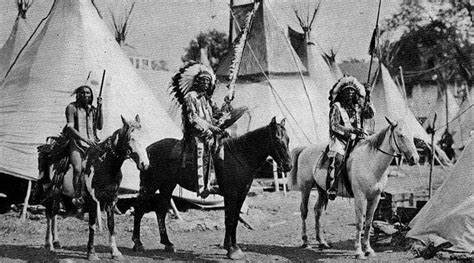As we move further into the 21st century, the intersection of technology and innovation is reshaping cultural traditions and expressions in unprecedented ways. From the preservation of heritage to the creation of new forms of cultural expression, technology is playing a pivotal role in both safeguarding and transforming our cultural landscape. This article explores the multifaceted impact of technology and innovation on cultural traditions and the evolving nature of future culture.
Preservation and Access to Cultural Heritage
- Digital Archives and Preservation: Technology has revolutionized the preservation of cultural heritage by enabling the digitization of artifacts, documents, and artworks. Digital archives and databases make cultural materials accessible to a global audience, facilitating research, education, and preservation efforts.
- Virtual Reality and Cultural Tourism: Virtual reality (VR) technology allows individuals to experience cultural heritage sites and artifacts in immersive and interactive ways. Virtual tours, exhibitions, and reconstructions provide access to inaccessible or endangered cultural sites, enhancing cultural tourism and fostering appreciation for diverse heritage.

Innovation in Cultural Expression
- Digital Art and Media: Technology has democratized the creation and dissemination of cultural content, enabling artists to explore new forms of expression through digital art, music, film, and literature. Digital platforms and social media provide artists with global audiences and new avenues for creative collaboration and distribution.
- Augmented Reality and Interactive Experiences: Augmented reality (AR) technology blurs the boundaries between the physical and digital worlds, offering interactive experiences that enhance storytelling, education, and entertainment. AR applications allow users to engage with cultural narratives, historical events, and artworks in real-world environments.
Challenges and Opportunities
- Cultural Appropriation and Authenticity: The digital era presents challenges regarding cultural appropriation and authenticity, as cultural content becomes easily accessible and replicable. It is essential to promote ethical practices and respectful engagement with cultural traditions, ensuring that technology is used to empower rather than exploit cultural communities.
- Digital Divide and Access Inequities: The digital divide exacerbates inequalities in access to technology and cultural resources, particularly in marginalized communities. Efforts to bridge the digital divide and promote digital literacy are essential for ensuring that all individuals have equitable access to cultural heritage and creative opportunities.
Conclusion
The future of culture is being shaped by the dynamic interplay between technology, innovation, and cultural traditions. As we harness the potential of technology to preserve, create, and disseminate cultural content, it is crucial to navigate the ethical, social, and economic implications of these transformations. By fostering inclusive and sustainable approaches to cultural innovation, we can ensure that technology serves as a tool for preserving cultural diversity, fostering creativity, and enriching human experiences in the digital age.
3.5
